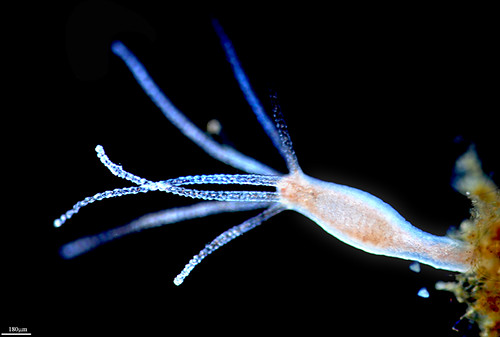In a world where mortality seems the most inevitable of life’s certainties, one unassuming creature challenges our fundamental understanding of death itself. The hydra, a tiny freshwater relative of jellyfish and corals, appears to defy the aging process that claims all other complex organisms. While human beings spend billions on anti-aging creams and longevity research, this remarkable invertebrate quietly demonstrates biological immortality in ponds and lakes across the world. Its unique cellular mechanisms and extraordinary regenerative abilities have made it a subject of fascination for scientists studying aging and longevity. As we explore the hydra’s secrets, we might just uncover insights that could transform our understanding of our own mortality.
What Makes an Organism “Immortal”?

When scientists refer to “biological immortality,” they aren’t suggesting an organism can’t die—rather, they’re describing creatures that don’t experience senescence, the gradual deterioration of function associated with aging. Most animals, humans included, follow a predictable pattern of development, maturity, aging, and death driven by cellular degeneration and accumulated damage. Biologically immortal organisms don’t show increased mortality rates as they grow older, meaning a 100-year-old specimen has the same likelihood of death as a 1-year-old. These creatures can still die from predation, disease, or environmental catastrophe, but they don’t appear to die from old age. The concept challenges our basic assumptions about the inevitability of aging and opens fascinating questions about the fundamental nature of life cycles.
Introducing the Hydra: Nature’s Immortality Expert
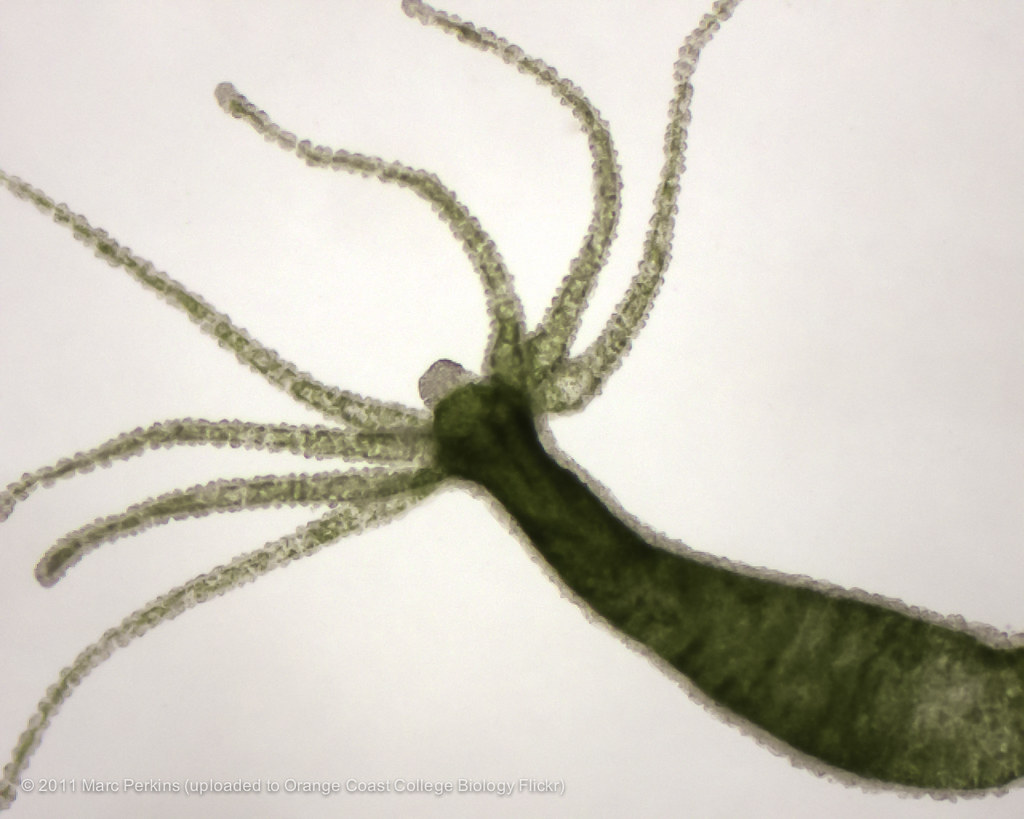
The hydra belongs to the phylum Cnidaria, making it a relative of jellyfish, sea anemones, and corals. These tiny freshwater polyps typically measure just 0.4 to 0.8 inches (10-20mm) in length and resemble miniature, translucent tubes with tentacles radiating from one end. Despite their simple appearance, hydras possess one of the most extraordinary biological capabilities on Earth—they show no signs of aging or senescence. Research led by biologist Daniel Martinez famously tracked hydras for over four years without detecting any increase in mortality or decrease in reproductive capacity, suggesting potential immortality under ideal conditions. Their simple body structure consists of an outer and inner cell layer with a gelatinous substance in between, yet this basic organization houses complex mechanisms that enable them to reset their biological clocks indefinitely.
The Fountain of Youth: Hydra’s Regenerative Superpowers

The secret to the hydra’s apparent immortality lies in its remarkable regenerative abilities, which far exceed those of most other organisms. A hydra can regenerate its entire body from just a small fragment—as little as 1/200th of the original animal can regrow into a complete organism. This extraordinary regeneration is possible because hydras maintain a large population of stem cells throughout their bodies, which can continuously differentiate into any specialized cell type needed. Unlike humans, whose stem cell populations decline with age, hydras constantly renew their stem cell reserves through ongoing cell division. Even more impressively, a hydra’s cells are in a constant state of turnover, with the entire body being replaced roughly every 20 days through continuous cell division and migration. This perpetual renewal prevents the accumulation of damaged cells and toxic byproducts that contribute to aging in other organisms.
The Science Behind Hydra’s Immortality
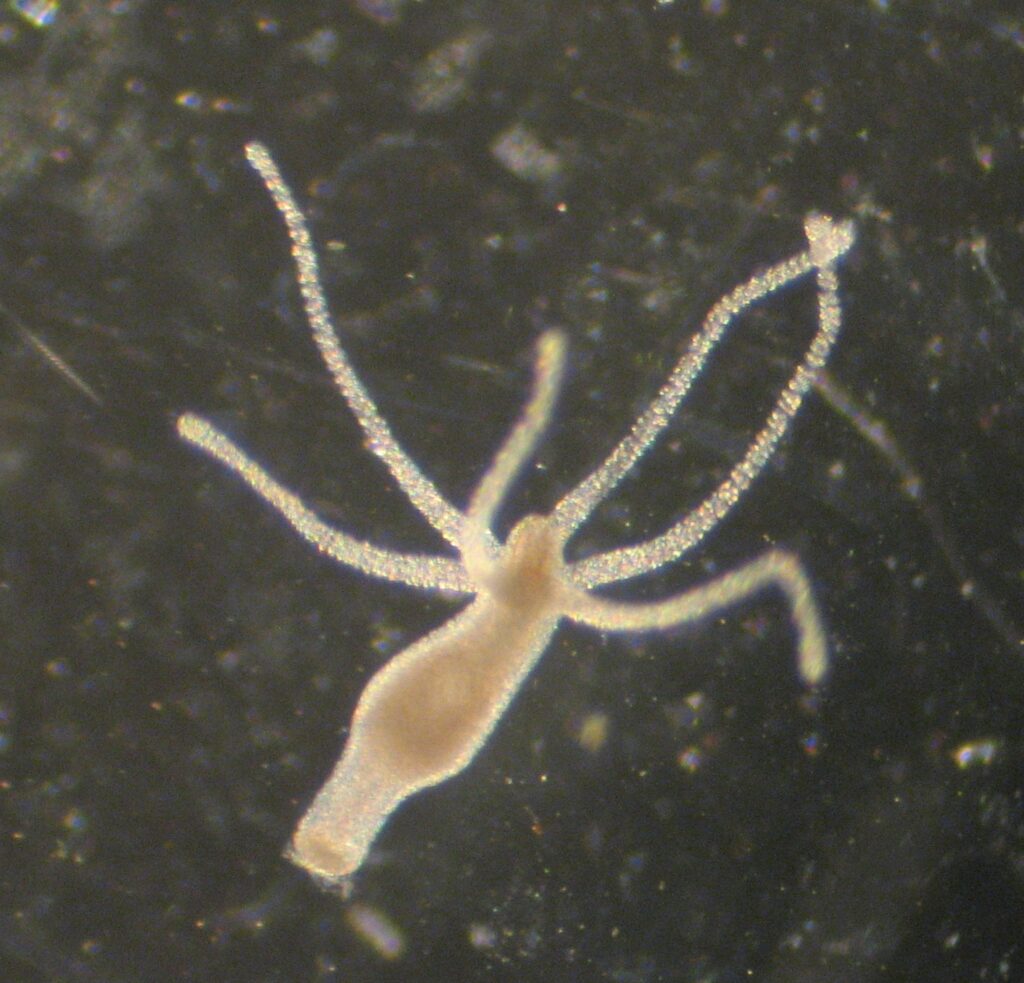
The molecular basis for the hydra’s immortality continues to fascinate scientists worldwide. Research has revealed that hydras possess robust mechanisms for maintaining the integrity of their telomeres—the protective caps on the ends of chromosomes that typically shorten with each cell division in aging organisms. Hydras express high levels of an enzyme called telomerase, which rebuilds these telomeres and prevents genetic deterioration over time. Additionally, these creatures maintain exceptionally efficient systems for detecting and repairing DNA damage, along with superior mechanisms for eliminating damaged cells through controlled cell death (apoptosis). Their bodies also contain potent antioxidant systems that neutralize harmful free radicals before they can damage cellular components. Together, these mechanisms create a biological system that can theoretically continue functioning indefinitely, barring external causes of death.
FoxO: The Master Gene Behind Eternal Youth
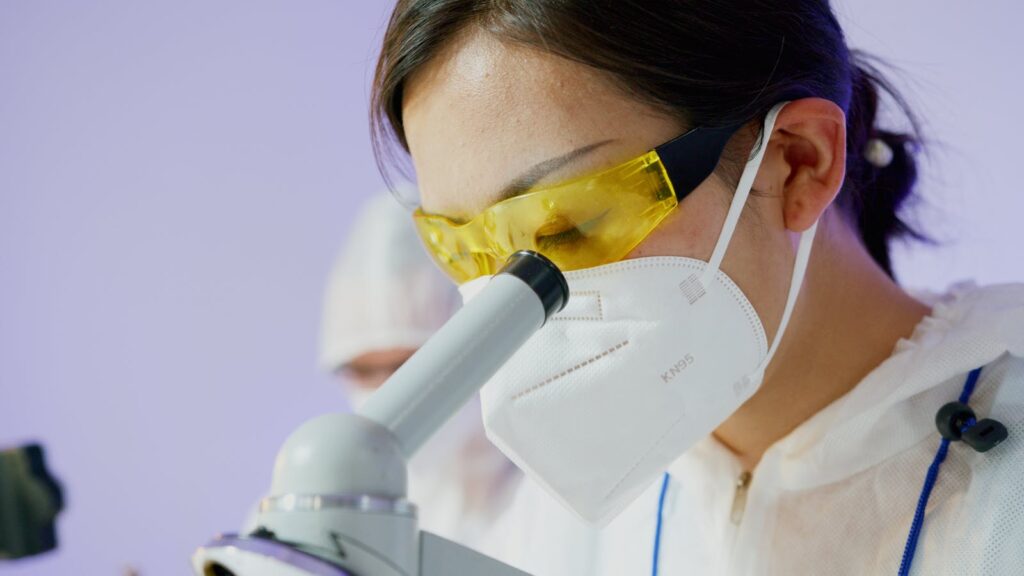
Scientists have identified a particular gene that appears central to the hydra’s immortality—the transcription factor FoxO (Forkhead box O). This “master regulator” controls numerous other genes involved in stem cell maintenance, stress resistance, and longevity. When researchers experimentally reduced FoxO activity in hydras, the creatures’ ability to maintain their stem cell populations declined significantly, compromising their regenerative capabilities and potentially their immortality. Intriguingly, FoxO genes are highly conserved across species and have been linked to longevity in organisms ranging from worms to humans. In humans, certain variants of FoxO3 have been associated with exceptional longevity in centenarians. This evolutionary conservation suggests that while the hydra has optimized these genetic pathways for immortality, similar mechanisms exist in our own bodies, albeit in a less potent form.
Asexual Reproduction: Cloning for Eternity

Another factor contributing to the hydra’s apparent immortality is its primary method of reproduction—asexual budding. This process allows hydras to produce genetically identical offspring without the complex genetic recombination of sexual reproduction. A small bud forms on the parent hydra’s body, develops a mouth and tentacles, then detaches as a fully-formed miniature hydra. This method of reproduction effectively creates clones that carry forward the parent’s genetic integrity without the potential errors that can occur during sexual reproduction. Some hydra lineages have been reproducing asexually in laboratory settings for decades without showing signs of deterioration or increased mortality. This reproductive strategy, combined with their regenerative abilities, creates a virtually unbroken continuum of life that theoretically could extend indefinitely.
Can Hydras Actually Die?
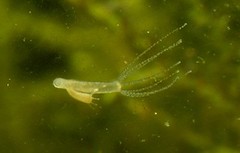
Despite their reputation for immortality, hydras are not invincible. These delicate creatures can certainly perish from predation, disease, extreme temperature changes, pollution, or habitat destruction. Some hydra species also undergo sexual reproduction during environmental stress, producing eggs that can survive harsh conditions but introducing the genetic recombination that may reset some aspects of their immortality. Laboratory experiments have shown that certain chemicals, radiation, or severe starvation can kill hydras. Intriguingly, when hydras are exposed to constant stress or toxins, they eventually do show signs of aging and increased mortality, suggesting their immortality requires relatively stable, favorable conditions. This vulnerability highlights an important distinction—biological immortality refers specifically to the absence of age-related decline, not absolute invulnerability.
Hydra’s Primitive Nervous System: Forever Young Neurons

One of the most interesting aspects of hydra biology is how their simple nervous system maintains its functionality indefinitely. Unlike human neurons, which typically don’t regenerate and accumulate damage over time, hydra neurons are in a constant state of renewal. Their nervous system consists of a diffuse net of interconnected neurons rather than a centralized brain, allowing for continuous replacement of neural cells without disrupting essential functions. Research has shown that hydra neurons express unique combinations of genes that maintain cellular health and prevent the protein misfolding often associated with neurodegenerative diseases in humans. The continual renewal of neural tissue means a hydra never experiences cognitive decline or neural dysfunction associated with aging. This remarkable neural plasticity offers potential insights for human neuroscience and the treatment of age-related neurological conditions.
The Evolutionary Advantage of Immortality

From an evolutionary perspective, the hydra’s biological immortality raises fascinating questions about why such a trait would develop and persist. Most organisms show programmed aging and death, suggesting these processes must confer some evolutionary advantage—perhaps by removing older individuals to make resources available for better-adapted offspring. The hydra’s alternative strategy may be advantageous in its specific ecological niche, where environmental threats are significant but resources are relatively abundant. By investing energy in continuous self-renewal rather than complex adaptations or reproductive strategies, hydras can survive in a steady state for extraordinary periods. Some evolutionary biologists suggest this represents an alternative survival strategy where genetic diversity through sexual reproduction is traded for perfect maintenance of a successful body plan. The persistence of this trait for millions of years suggests it represents a viable alternative to the aging-and-replacement model most organisms follow.
Other Contenders for Biological Immortality
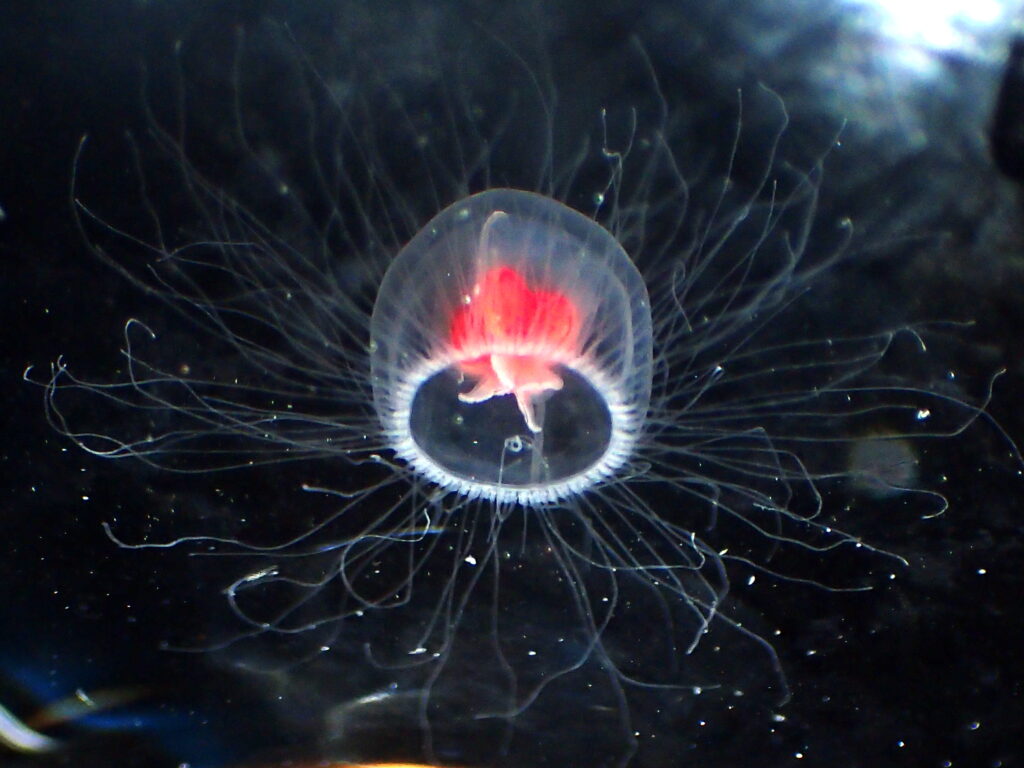
While hydras are perhaps the best-studied potentially immortal organisms, they aren’t alone in challenging aging’s inevitability. The immortal jellyfish (Turritopsis dohrnii) can revert from its adult medusa stage back to an immature polyp stage through cellular transdifferentiation, essentially resetting its life cycle when faced with environmental stress or physical damage. Certain species of planarian flatworms can regenerate their entire bodies, including their brains, from tiny fragments, and show no signs of aging across repeated regenerations. Some lobsters produce telomerase throughout their lives and continue growing until disease or predation claims them, with no apparent upper age limit. Naked mole rats, while not truly immortal, show negligible senescence for much of their unusually long lives (30+ years) and maintain reproductive capacity until death. These diverse examples suggest biological immortality may have evolved independently multiple times, using different cellular mechanisms to solve the same fundamental challenge of preventing age-related decline.
Implications for Human Longevity Research
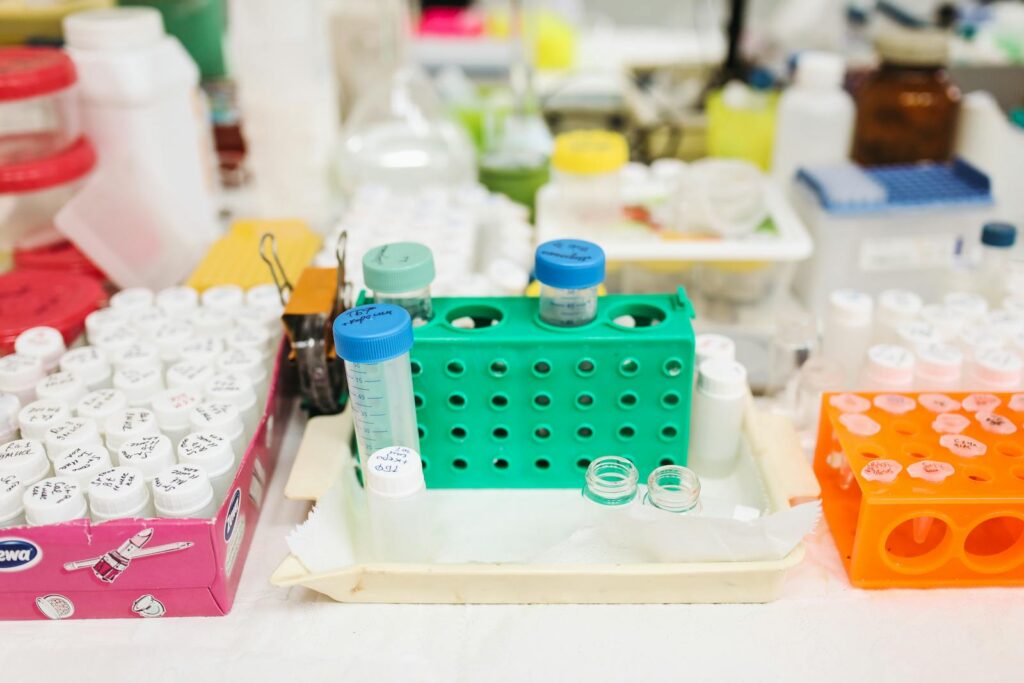
The hydra’s biological secrets have significant implications for human aging research and longevity medicine. Scientists are particularly interested in how hydra stem cells maintain their integrity and functionality indefinitely, as human stem cell decline underlies many aspects of aging. The FoxO gene pathway, so crucial to hydra immortality, is being studied for potential therapeutic applications in extending human healthspan. Researchers are also investigating how hydras prevent the accumulation of damaged proteins and mitochondria that contribute to aging in human cells. While complete human immortality remains firmly in the realm of science fiction, understanding these fundamental mechanisms could lead to treatments for age-related diseases and potentially extend healthy human lifespan. Some researchers suggest that if we could replicate even a fraction of the hydra’s regenerative and cellular maintenance abilities in human tissues, we might dramatically improve quality of life in our later years.
Ethical Questions About Immortality
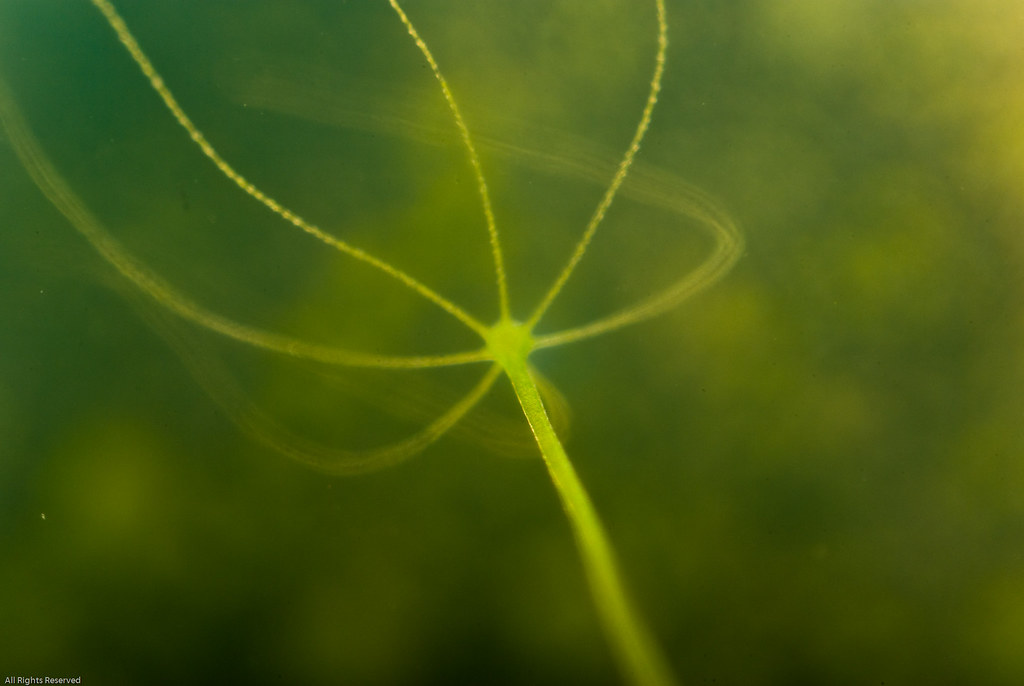
The hydra’s apparent immortality inevitably raises profound ethical and philosophical questions about the nature and purpose of death. If aging is not biologically inevitable but rather a particular evolutionary strategy, does that change how we should view our own mortality? Many philosophers and ethicists argue that death gives meaning to human life by making our time finite and precious. Others suggest that involuntary death from aging represents a natural harm that we should strive to overcome through science. The prospect of dramatically extended human lifespans would raise complex social questions about population, resource allocation, and intergenerational equity. Religious and cultural traditions worldwide have developed specific understandings of death’s role in human existence that would be challenged by significant extensions of lifespan. While the hydra’s biology is unlikely to directly translate to human immortality, it does force us to confront these deeper questions about what aging and death mean to our species.
The Future of Immortality Research

Research into the hydra’s immortality continues to advance with new technologies and approaches. CRISPR gene editing now allows scientists to selectively modify hydra genes to better understand which are essential for their longevity. Advanced imaging techniques can track cellular behaviors in living hydras over extended periods, revealing previously invisible regeneration mechanisms. Single-cell genomic analysis is identifying exactly which genes are active in different hydra cell types during regeneration and maintenance. Computational models are helping scientists understand how these various mechanisms integrate into a coherent system of biological immortality. As this research progresses, we may discover principles that could be applied to human medicine, potentially leading to treatments for age-related conditions like Alzheimer’s disease, heart failure, or arthritis. While direct translation of hydra biology to humans faces enormous challenges, the fundamental insights gained may transform our approach to aging and longevity in the coming decades.
Conclusion
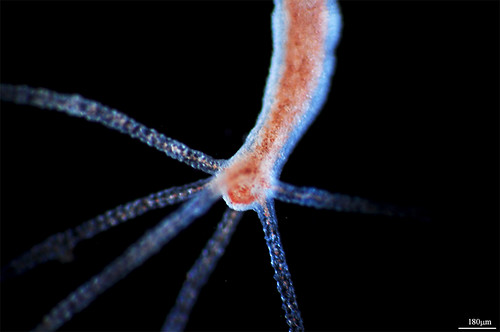
The humble hydra, with its seemingly magical ability to reset its biological clock, continues to challenge our fundamental assumptions about the inevitability of aging and death. Though vastly different from humans in structure and complexity, this tiny freshwater organism offers profound insights into the basic cellular mechanisms that govern life, death, and the passage of time. While true immortality remains firmly in the realm of mythology for humans, understanding how the hydra cheats death may eventually help us address age-related diseases and extend healthy human lifespans. As we continue to unravel the hydra’s biological secrets, we find ourselves not only expanding scientific knowledge but also confronting ancient philosophical questions about mortality and what it truly means to be alive. In the hydra’s timeless existence, we glimpse both the remarkable diversity of life’s strategies and the common threads that connect all living things in the struggle against time’s passage.

